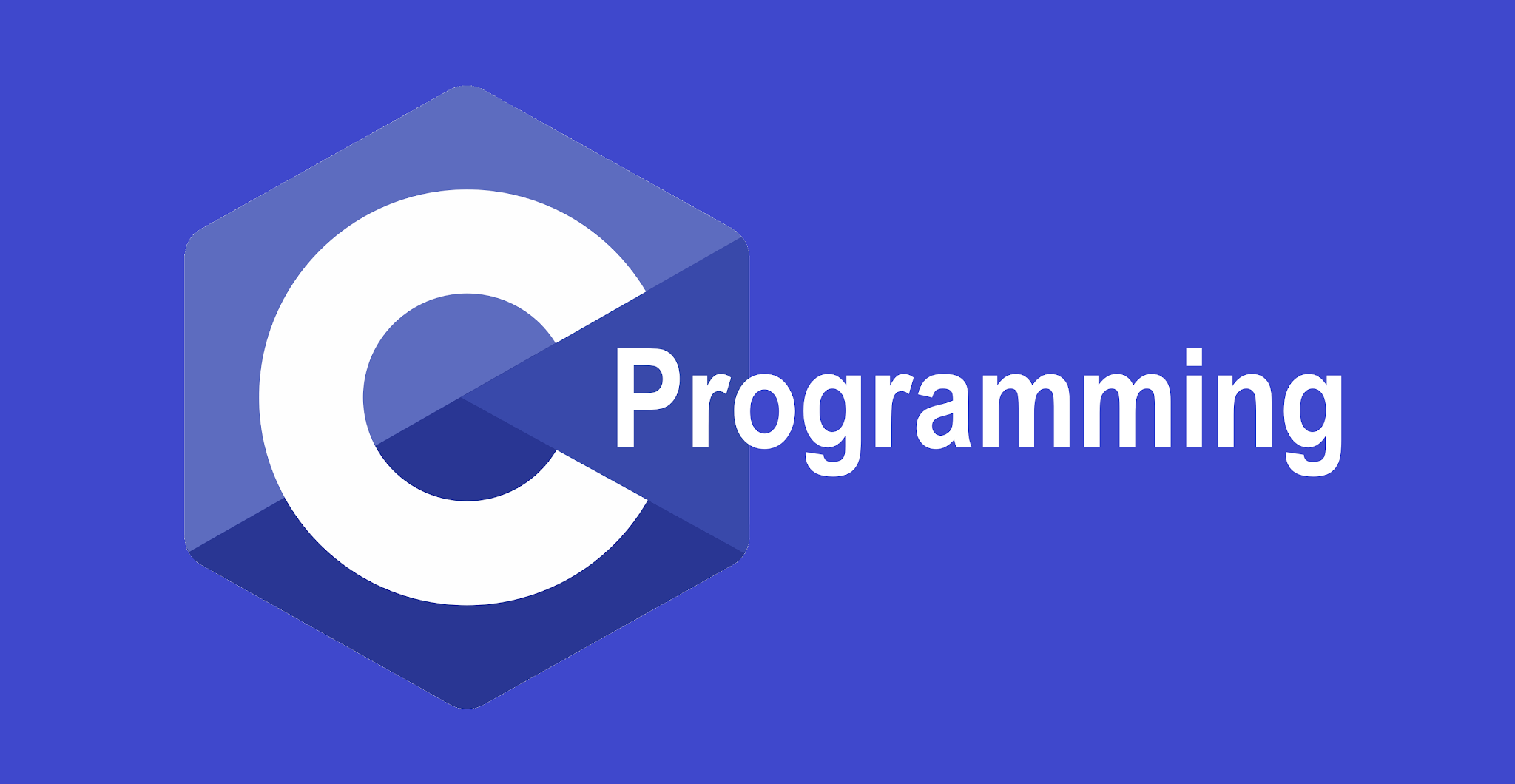C is a general-purpose, procedural programming language that is both machine-independent and structured in nature. It is considered a high-level language and was created by Dennis Ritchie in the early 1970s. Over time, it has become one of the most widely used and influential programming languages across the globe.
Its popularity comes from being simple, efficient, and highly flexible. C provides strong features such as direct memory manipulation, a comprehensive range of operators, and support for modular programming.
Beyond its role in the advancement of computer programming, C’s design has had a deep impact on many modern languages. Languages like Java, PHP, JavaScript, C#, and Python have adopted syntax, control structures, and core concepts inspired by C.
Because of its portability, C can be used on different hardware platforms and operating systems. It is often viewed as a foundational language that shaped the development of many others. Both in academics and industry, C continues to hold a significant place. Its importance and wide acceptance make it an essential language for new programmers to learn.
The journey of C’s creation and growth is a remarkable part of computer science and software engineering history.
The timeline of programming development is outlined as follows −
The C programming language was developed by Dennis Ritchie at Bell Labs in 1972. Its origins can be traced back to earlier languages such as ALGOL, BCPL, and B. C was designed primarily as a system programming language, specifically for the re-implementation of the Unix operating system.
The C programming language was created by Dennis Ritchie at Bell Labs in 1972. Its roots lie in earlier languages like ALGOL, BCPL, and B, which introduced many of the structural and low-level concepts later refined in C. Initially, C was intended as a system programming language, most notably to rewrite the Unix operating system.
Major milestones in C’s evolution:
-
1960s
Languages such as ALGOL 60, BCPL, and B paved the way for C, introducing ideas like structured programming and close-to-hardware functionality. -
1972
Dennis Ritchie developed C at Bell Labs by extending B with new features, including data types and additional enhancements. The first major use of C was in rewriting the Unix kernel. -
1978
Brian Kernighan and Dennis Ritchie released the classic book “The C Programming Language” (often called K&R C). This became the authoritative guide and shaped how programmers learned and used C. -
1989
The ANSI (American National Standards Institute) standardized the language, producing ANSI C (C89). This version ensured consistency and portability across different systems. -
1999
The ISO standard was updated to C99, adding features like variable-length arrays, better numerical handling, and other modern improvements. -
2011
C11 was introduced with new features such as anonymous structures/unions and enhanced support for concurrency. -
2018
C18 followed as a small update to C11, focusing mainly on fixing issues and providing clarifications rather than adding major new features.
Applications of C
The flexibility and efficiency of C have made it a fundamental language across many areas of computing:
Operating Systems
C is a top choice for operating system development because of its speed and low-level hardware control. The UNIX operating system was rewritten in C, setting the stage for its dominance in system programming. Today, Linux, Windows, and macOS rely heavily on C for their kernels, device drivers, and core system tools.
Embedded Systems
In the world of embedded programming, C plays a vital role due to its direct access to hardware and efficient use of limited resources. Microcontrollers in devices like Arduino boards, automotive controllers, and IoT gadgets are programmed in C to handle real-time tasks effectively.
Compilers and Interpreters
C’s performance and portability make it ideal for writing compilers and interpreters. Well-known tools like the GNU Compiler Collection (GCC) and CPython (the main Python interpreter) are developed in C, benefiting from its ability to quickly parse and execute code.
Databases
Many database systems use C for critical operations where speed matters. Systems like SQLite, MySQL, and PostgreSQL are powered by C in their storage engines, query processing, and backend functions to deliver reliable, high-speed performance.
Networking and Communications
C drives much of the software behind networking and the internet. From TCP/IP stacks to web servers such as Apache and Nginx, and even network drivers, C’s socket programming capabilities allow efficient data transfer in distributed environments.
Game Development
Game engines often use C for intensive tasks like graphics rendering and physics simulations. For example, the Unreal Engine implements key components in C to interact with graphics APIs such as OpenGL and ensure smooth performance.
Scientific Computing
C powers scientific and high-performance computing, including simulations and data-heavy calculations. Libraries like BLAS (Basic Linear Algebra Subprograms) are implemented in C for optimized numerical operations used in physics, engineering, and climate research.
Real-Time Systems
C is indispensable in real-time applications where timing is critical. It is used in aerospace (flight controllers), medical equipment, and industrial automation. Its deterministic performance ensures precise control in robotics and mission-critical systems.
No PDF available.

